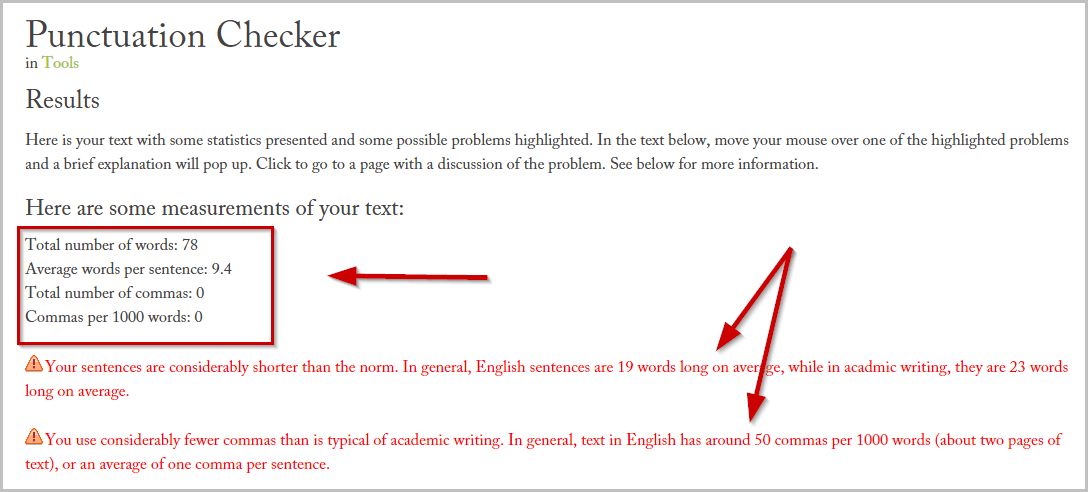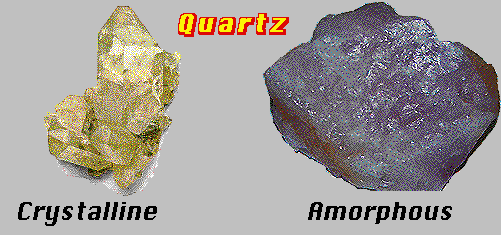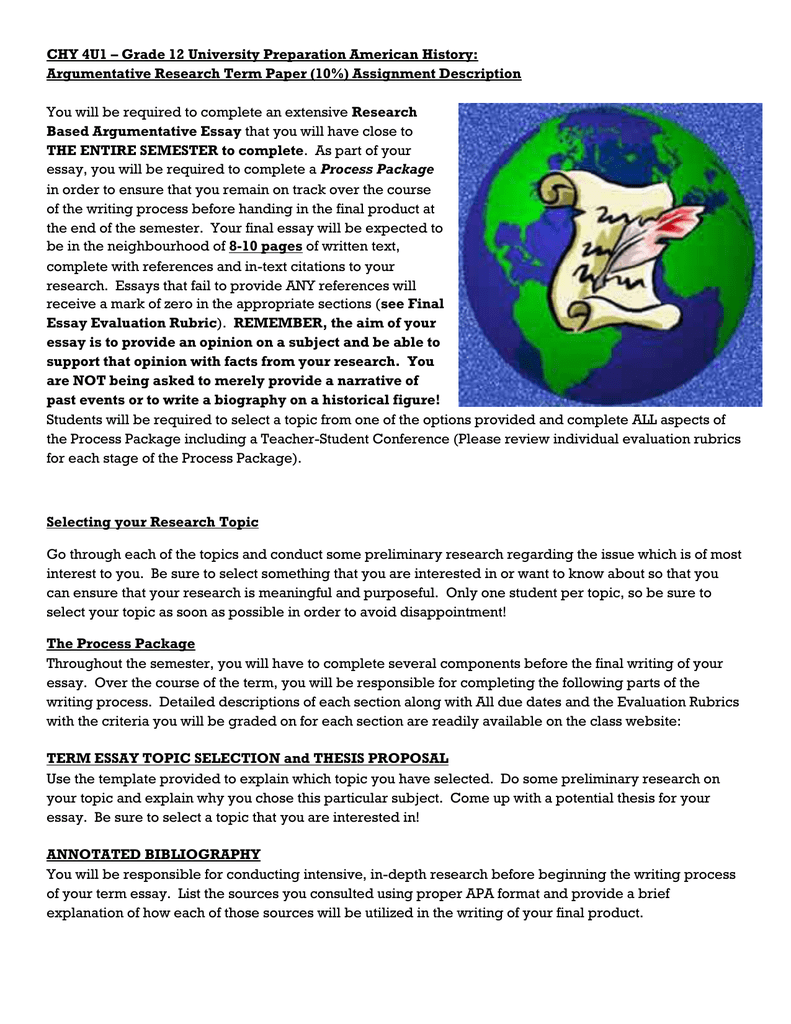Evaluation of the Diffusion of Innovation Theory.
Diffusion of Innovation (DOI) Theory, developed by E.M. Rogers in 1962, is one of the oldest social science theories. It originated in communication to explain how, over time, an idea or product gains momentum and diffuses (or spreads) through a specific population or social system.
The diffusion of innovation theory does not quite give a clear prediction of how the innovation will be successful after going through the S curve. An innovation may mutate in the process of diffusion thereby affecting the diffusion process. This has not been accommodated by this theory.

Innovation management is a dynamic and evolving discipline that has gained widespread academic interest in the past few years. Innovation management dissertation topics allay closely with the discipline of change management. Research topics on innovation management encompass elements of businesses, products, processes and overall organizational.

It accelerated its adoption rate as is apparent by the application of the diffusion of innovation curve by applying the right marketing mix to satisfy the perceived attributed within the diffusion model and by way of advertisements that it used to target the innovators, early adopters and early majority- it used the push and pull strategy.

Diffusion of innovation in any organization has some risks and benefits. The spirit and the motivation of nurses with whom we work and live is the greatest source of energy and motivation for bringing innovation in health care practices for the improvement of health outcomes. To create a future different from its past, health care needs leaders who understand innovation and how it spreads, who.

Diffusion of innovations is a theory that seeks to explain how, why, and at what rate new ideas and technology spread. Everett Rogers, a professor of communication studies, popularized the theory in his book Diffusion of Innovations; the book was first published in 1962, and is now in its fifth edition (2003). Rogers argues that diffusion is the process by which an innovation is communicated.

The Pro-Innovation Bias of Diffusion Research. The Individual-Blame Bias in Diffusion Research The Recall Problem in Diffusion Research The Issue of Equality in the Diffusion of Innovations GENERALIZING ABOUT DIFFUSION VIA META-RESEARCH Relating Theory and Research at the Middle Range The Oversimplification of Two-Concept Generalizations. The Reliability of Diffusion Generalizations 92 103.

These factors are the social factors which affect the innovation adoption processes (Rosenberg, 1972). Culture is critical factor in diffusion processes (Maitland, 1999). There is positive relation of culture and its impact upon innovation (Goodman, Press, Ruth, and Rutkowski, 1994). Lack of global culture knowledge is source of failure for the.

Excerpt from Dissertation: Moreover, CoPs develop their practice through improving the diffusion of innovation within their active networks; the benefits of such interactions are countless especially in the field of healthcare.

Perceived attributes of diffusion of innovation theory as predictors of Internet adoption among faculty members of Imam Mohammed Bin Saud University. Doctor of Philosophy (Information Science), May 2007, 143 pp., 46 tables, 13 figures, references, 88 titles. The Internet is the most common communication and research tool worldwide. Perusal of.

Organizational Innovations: A conceptualization of how they are created, diffused and sustained 1 Introduction Researchers from different disciplines and with different perspectives during the past half-century have explored innovation (Birkinshaw et al. 2008). As a result, a fragmented research.

Diffusion of Innovations 19-352 relatively favorable circumstances, the decision of whether or not to adopt an innovation is a tricky one. We can use the studies of the diffusion of innovations as a “laboratory” to ex-amine the effects of the decision-making forces of cultural evolution.Which hypothesis.

Diffusion of innovations, model that attempts to describe how novel products, practices, or ideas are adopted by members of a social system. The theory of diffusion of innovations originated in the first half of the 20th century and was later popularized by American sociologist Everett M. Rogers in.



